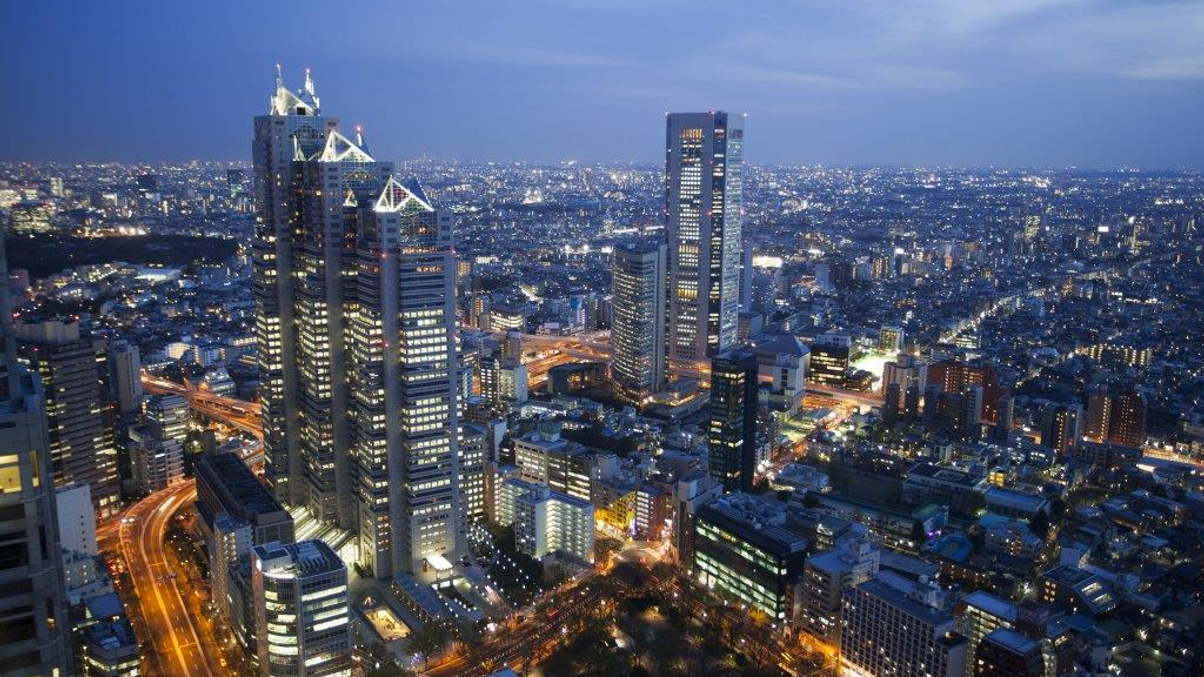Institutions get pickier amid high interest in Japanese residential assets
As international investors flock to multifamily residential properties in Japan, opportunities are still too good to pass up despite increasingly competitive demand.

As Japanese multifamily residential assets, or rental home properties, become an increasingly sought-after subcategory among real estate fund managers and institutional investors, the market has also become more crowded.
Sign in to read on!
Registered users get 2 free articles in 30 days.
Subscribers have full unlimited access to AsianInvestor
Not signed up? New users get 2 free articles per month, plus a 7-day unlimited free trial.
¬ Haymarket Media Limited. All rights reserved.


